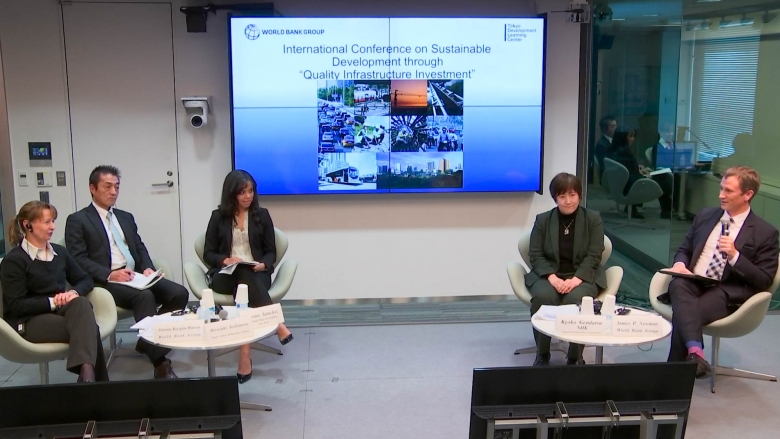Each year, natural disasters have devastating effects on children’s education in developing countries. The 2005 Kashmir earthquake in Pakistan resulted in the collapse of 7,000 schools, while another 7,400 schools in China were destroyed in the 2008 Wenchuan earthquake. The 2010 Port-au-Prince earthquake in Haiti devastated 1,350 schools.
These setbacks to educating children and keeping them safe while in school are not inevitable. Faced with intense seismic risk, Japan set forth on a large-scale public school facility retrofitting program over the last decade. As a result, the country will reach nearly 100% seismic resilience by the spring of 2016.
World Bank Disaster Risk Management Hub, Tokyo’s Safer Schools engagement is helping connect Japan’s experience and technical knowledge with the World Bank’s Global Program for Safer Schools to make school facilities, and the communities they serve, more resilient to natural hazards. In particular, the program is documenting how Japan’s Ministry of Education, Culture, Sports, Science and Technology (MEXT), Ministry of Land, Infrastructure, Transport and Tourism (MLIT), Ministry of Finance and local governments worked together and prioritized investment to protect children and the places they learn.







